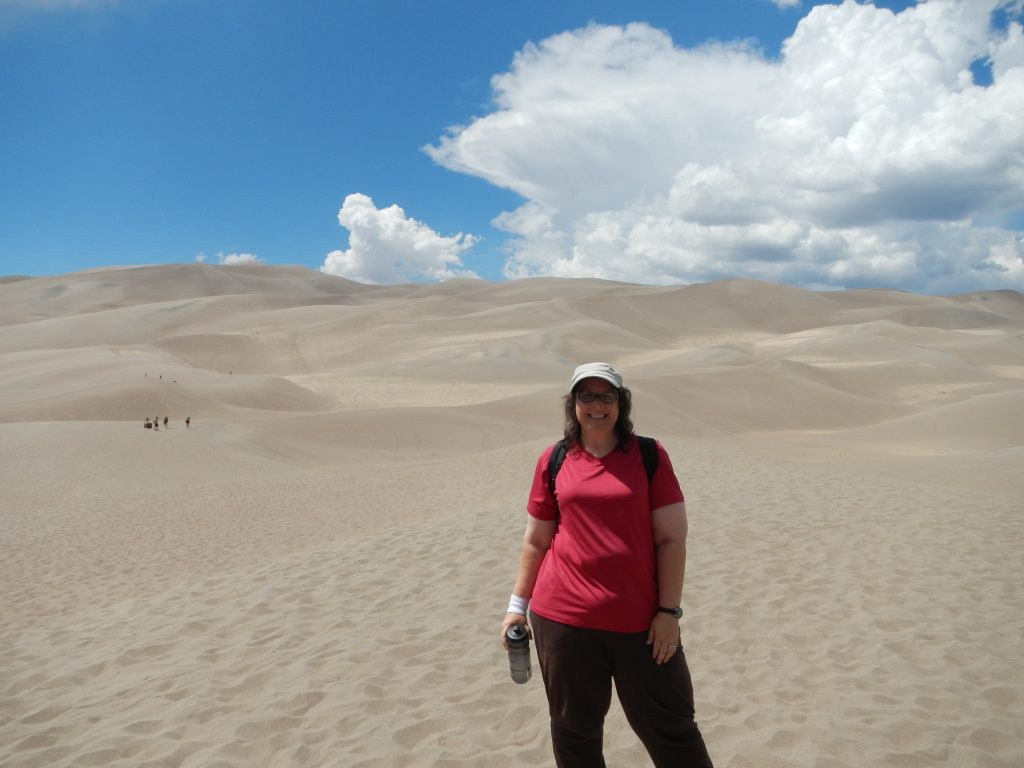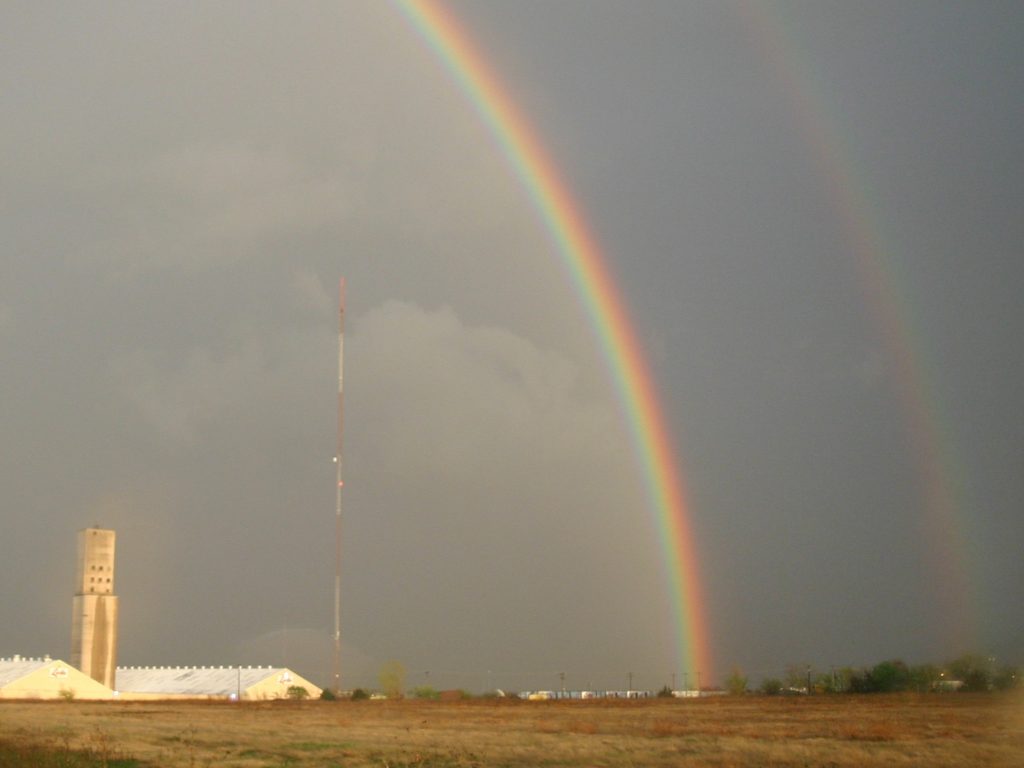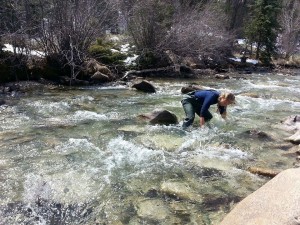Branches of the Geosciences
Q. What are the major sub-disciplines of geoscience?
A: The geosciences (also known as Earth sciences) include all fields of science dealing with planet Earth. The geosciences include the study of the atmosphere, biosphere, cryosphere, hydrosphere, lithosphere, and pedosphere—corresponding to air, life, ice, water, rocks, and soil. The ionosphere and magnetosphere, part of the Earth’s upper atmosphere, are also included. The geosciences comprise several major disciplines: atmospheric science, environmental science, glaciology, geography, geology, geophysics, hydrology (including oceanography and limnology), soil science, and space sciences. There are numerous sub-disciplines, reflecting diverse areas of specialization:

atmospheric sciences Occupations:
- Atmospheric chemists investigate the chemical processes occurring in the atmosphere, such as the relationship between CFCs and ozone.
- Atmospheric physicists study the effect of terrestrial, atmospheric, and space-based forces on the behavior of the atmosphere.
- Climatologists study the earth’s climate, scientifically defined as weather conditions averaged over a period of time.
- Climate modelers use mathematical techniques to simulate the interaction of physical forces on climate and climate change.
- Hydrometeorologists study the transfer of water and energy between the land surface and lower atmosphere with particular emphasis on natural hazards (such as floods, droughts, tropical cyclones and desertification) and mitigating their effects.
- Meteorologists study the movement and energy distributions of the atmosphere, particularly with respect to their effect on weather. Forecasting meteorologists predict the weather approximately 7-10 days in advance and convey this information to the general public.
- Paleoclimatologists study the Earth’s past climate.
environmental science occupations:
- Environmental chemists monitor what is in the air, water, and soil to study how chemicals enter the environment, what affects they have, and how human activity affects the environment.
- Environmental soil scientists study the upper few meters of the Earth’s crust in terms of its physical and chemical properties; distribution, genesis and morphology; and biological components.
- Environmental geologists help prevent contamination of soil and groundwater by determining geologically safe locations for new landfills, coal ash disposal sites, and nuclear power plants.
- Geodesists measure and monitor the Earth’s size and shape, geodynamic phenomena (e.g., tides and polar motion), and gravity field to determine the exact coordinates of any point on Earth and how that point will move over time.
- Ecologists study the interactions and relationships between organisms and their environment.
- Freshwater biologists (aka limnologists) examine the life and ecosystems of freshwater environments; this includes lakes, rivers and ponds and covers microbial, plant and animal life.
- Marine biologists study marine organisms, their behaviors and their interactions with the environment.
- Parasitologists study parasites wherever they occur and whether they are viruses, bacteria, worms or insects.
- Population dynamicists study short-term and long-term changes in the size and age composition of populations, and the biological and environmental processes influencing those changes.
Geography occupations:
- Biogeographers study the distribution of species and ecosystems in geographic space and through geological time.
- Cartographers and photogrammetrists
- Geoinformaticians (GIS) develop and use information science infrastructure to address the problems of geography, geosciences and related branches of engineering.
- Geodesists & Surveyors measure and monitor the Earth’s size and shape, geodynamic phenomena (e.g., tides and polar motion), and gravity field to determine the exact coordinates of any point on Earth and how that point will move over time.
- Geostatisticians use statistics to analyze and predict the values associated with spatial or spatiotemporal phenomena.
- Human Geographers study the world, its peoples, and their communities and cultures, by emphasizing their relations of and across space and place.
- Marine Geographers study the social and economic relationships between people and the physical environment of the sea.
- Paleogeographers study the earth’s geographic features belonging to any part of the geologic past.
- Physical Geographers study patterns of climates, land forms, vegetation, soils, and water.
oceanography occupations:
- Biological oceanographers focus on life in the ocean and how it is affected by chemical and physical processes.
- Chemical oceanographers study the chemical composition of the ocean and its relationship to the lithosphere and biological processes.
- Marine Biologists study marine organisms, their behaviors and their interactions with the environment.
- Marine Geologists, aka geological oceanographers, study the history and structure of the ocean floor.
- Paleoceanographers study the history of the oceans in the geologic past with regard to circulation, chemistry, biology, geology and patterns of sedimentation and biological productivity.
- Physical oceanographers study the natural processes and dynamics of the ocean and its interaction with the solid Earth.
Geology occupations:
- Economic geologists study mineral deposits that can be used for economic and/or industrial purposes.
- Engineering geologists undertake technical and scientific analysis of rock, soil, groundwater and other conditions to determine the likely impact that major construction developments will have on sites.
- Environmental geologists work to solve problems with pollution, waste disposal and urban development and hazards, such as flooding and erosion.
- Geochemists investigate the nature and distribution of chemical elements in rocks and minerals.
- Geochronologists determine the age of rocks, fossils, and sediments using signatures inherent in the rocks themselves.
- Geomagnetists are specialists in the magnetic phenomena of the earth.
- Geomicrobiologists study the interactions of microbes with various elements in a range of geological environments.
- Geomorphologists study the effects of Earth processes and investigate the nature, origin and development of present landforms and their relationship to underlying structures.
- Geophysicists study the Earth using gravity, magnetic, electrical, and seismic methods.
- Glaciologists study the physical properties and movement of glaciers and ice sheets.
- Historical geologists use the principles and techniques of geology to reconstruct and understand the geological history of Earth.
- Hydrologists investigate the movement and quality of water.
- Micropaleontologists, in a branch of paleontology, study microfossils, or fossils that require the use of a microscope to see the organism, its morphology and its characteristics details.
- Mineral geologists explore for and develop mineral deposits.
- Mineralogists study the formation, composition and properties of minerals.
- Paleontologists study fossils to understand past life forms and their changes through time and to reconstruct past environments.
- Palynologists study plant pollen, spores and certain microscopic plankton organisms (collectively termed palynomorphs) in both living and fossil form.
- Petroleum geologists are involved in the exploration and production of oil and natural gas.
- Petrologists determine the origin and genesis of rocks by analyzing mineral or grain relationships.
- Planetary geologists (aka astrogeologists or exogeologists) study the geology of the celestial bodies such as the planets and their moons, asteroids, comets, and meteorites
- Plate tectonicists specialize in the scientific theory of plate tectonics which describes the large-scale motion of Earth’s lithosphere.
- Quaternary geologists study the most recent geological period of time in Earth’s history (spanning the last two million years through present-day).
- Sedimentologists study sedimentary rocks and the processes of sediment formation, transportation and deposition.
- Seismologists study the genesis and the propagation of seismic waves in geological materials (aka earthquakes).
- Stratigraphers investigate the time and space relationships of layered rocks and their fossil and mineral content.
- Structural geologists study processes and products of rock deformation.
- Volcanologists investigate volcanoes and volcanic phenomena.
geophysics occupations:
- Geophysicists decipher the Earth’s interior and its magnetic, electric, and gravitational fields.
- Seismologists study the location and force of earthquakes and trace the behavior of earthquake waves to interpret the structure of the Earth.
space sciences Occupations:
- Astronomers study celestial bodies, their movement, and location, using methods such as optical and radio astronomy.
- Astrophysicists investigate the physical properties and interaction of forces in space, including electromagnetic radiation and the dynamics of time and matter.
- Heliophysicists study the Sun and its effects on our planet and other planets.
- Planetary geologists study the moon and other planets to understand the evolution of the solar system.
soil science occupations:
- Edaphologists are concerned with the influence of soils on living things, particularly plants.
- Pedologists study soils in their natural environment.


